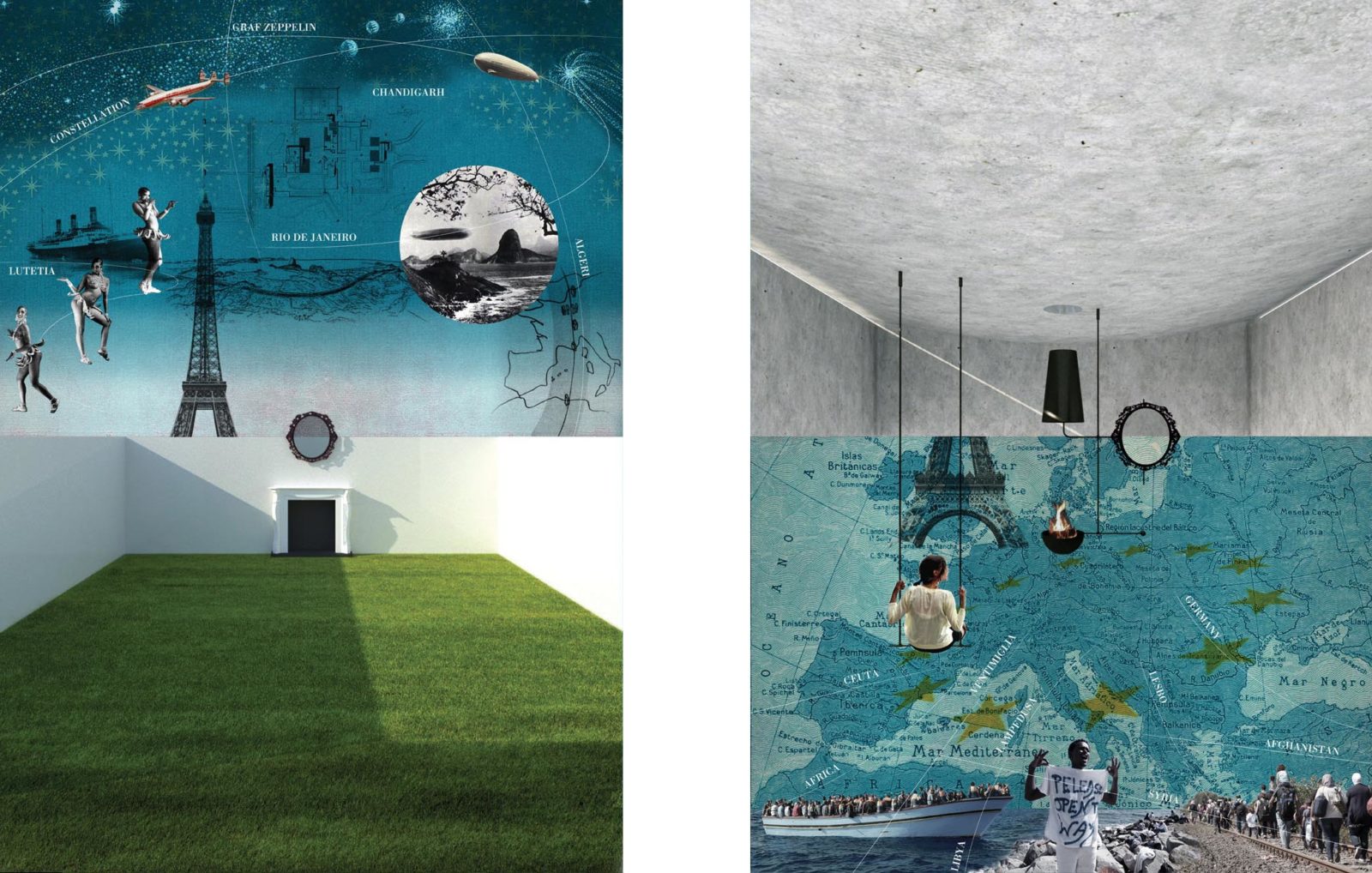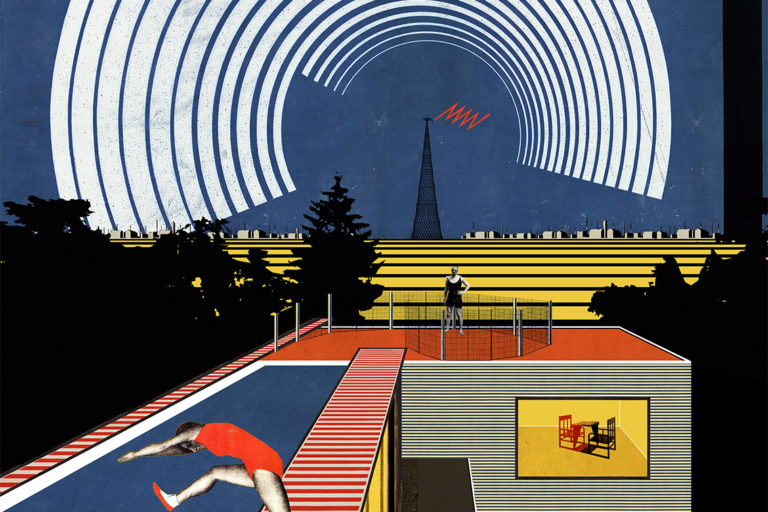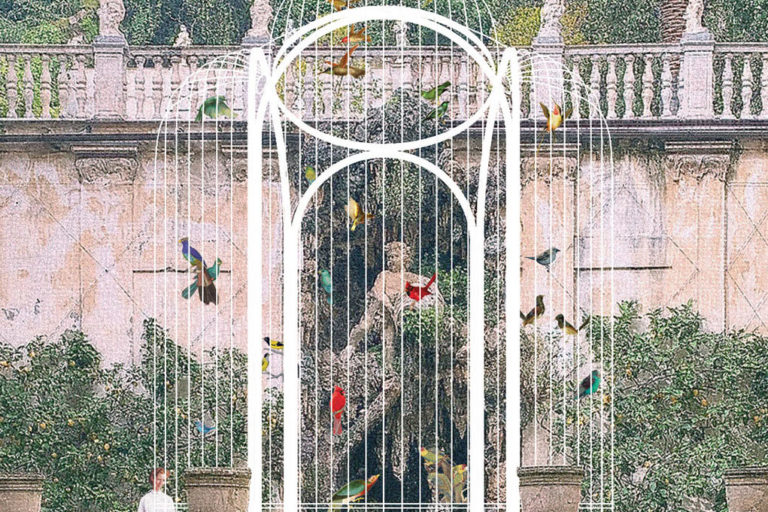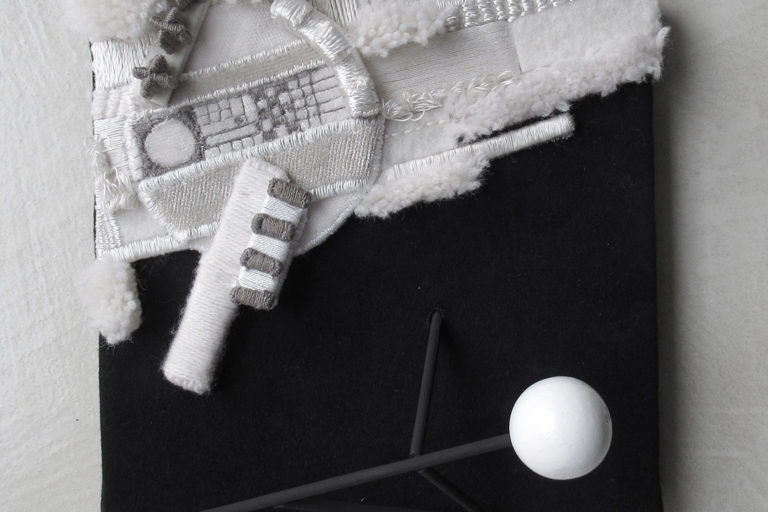The Architect’s Dream
The Beistegui’s rooftop garden was one among Le Corbusier’s more eccentric and inspirational works: a ceilingless room on the top of a building on the Champs Elysees in Paris, where white walls hide the wonderful cityscape, except for the tops of the Tour Eiffel and the Arc de Triomphe. Despite a fortunate position, the only way you could see the city was by using the periscope in the lower level of the roof: “the distance between the roofgarden and the panorama was ruled by a technological medium” (Tafuri).
The relationship between architecture and media was a topic for our modern master. Moreover, thanks to a twist of fate, the roof garden was dismantled, so that today we can experience it only thanks to a meaningful handsketch and to some old pictures. It finally became “pure medium”.
This is the reason why we produced a dipthyc, where the image on the left represents the original lost artifact while the one on the right represents our upside-down reinterpretation of it.
On the left, the architect selects his view on reality – he almost erases this reality – to free his dreams. Architecture always is a state of exception, and the rooftop garden seems built to lay under a mediterranean sun: “a room under the sky that speaks the language of myth”, as Tafuri wrote.
Beistegui’s periscope was a modern update of the myth of the cave by Plato, but in contemporary world the chained man is overwhelmed by a kaleidoscope of different media; you can no longer keep the white noise of reality outside so easily as LeCorbusier did in Paris.
The diptych should show the shift between the modern architect’s (surrealistic) dream and the more complex (and creepy) condition of contemporary world, where even dreams are a distorted picture of reality spreaded by means of communication.
LeCorbusier was also the first global architect: he moved towards foreign worlds, thanks to the new means of conveyance of his time, and his trips generated new dreams, new visions for the people outside Europe. Nowadays, millions of people are moving towards Europe, using antiquated means of conveyance, back to the source of the dream.
Will we be able to involve all them in our new post-post-modern dream?
Versione italiana in aggiornamento

Contribution to DeCorbuziers exhibition, an alternative pop, neo-goth «memorial» for Le Corbusier, 50 years after his death.
Opening: 20 December 2015 @ ROMANTSO, Anaxagora 3-5, Omonoia, Athens, Greece




